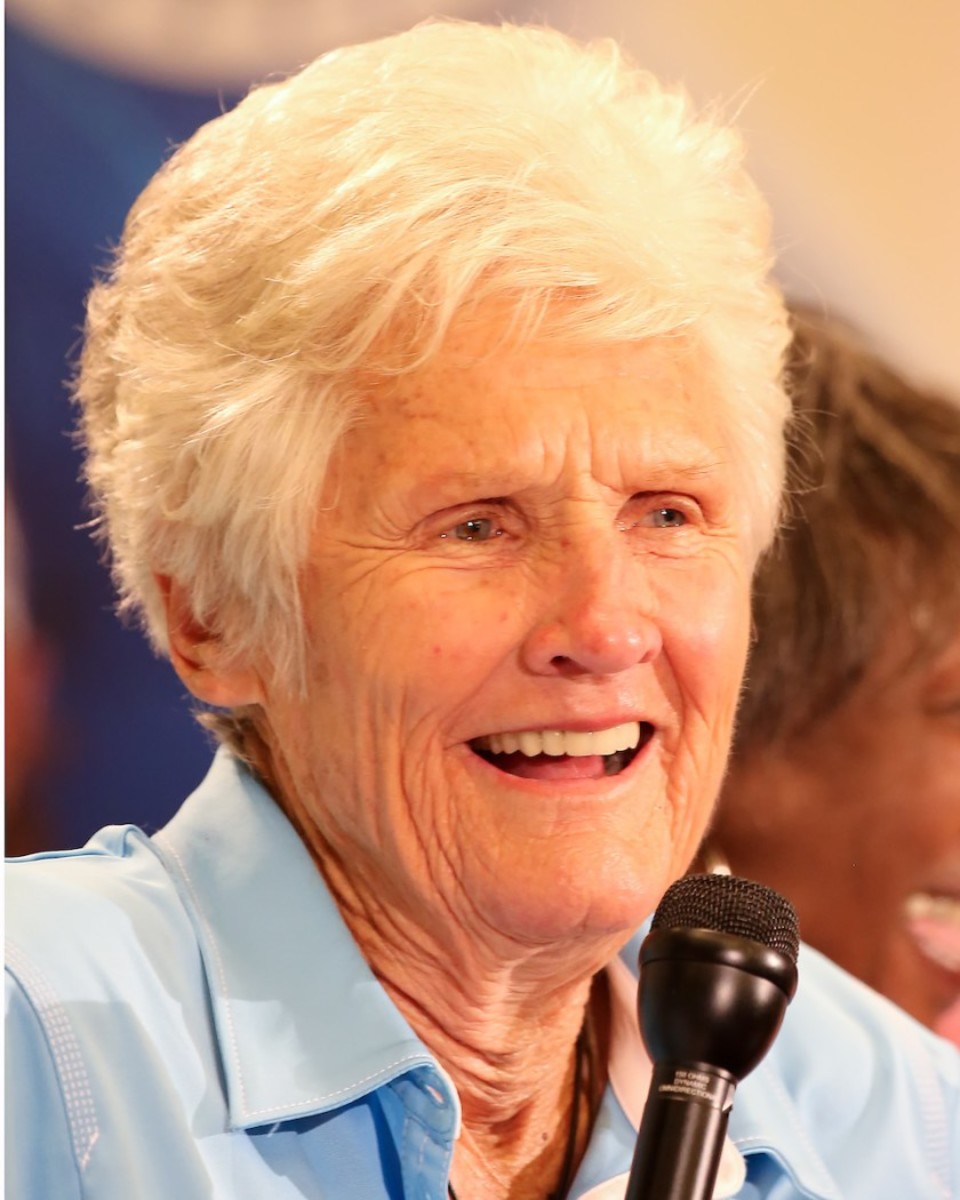Bridging golf’s generation gap

A decided plus to being a golf writer of my generation is a career that has straddled several generations of players who have made a lasting mark, record-book golfers whose names are always going to mean something.
To have been able to talk with Gene Sarazen and Jordan Spieth, for example, stars competing roughly a century apart, does something for one’s perspective on the game then, now and in between. I didn’t get to see Sam Snead play in person until he was a little older than I am now, but given his freakishly long-lasting skills, it still offered a clear window into his essence. So, too, believe it or not, did a round of golf with Snead when he was a banged-up 84 but still hungry to play as well as possible.

Comparing different generations of golfers never will be easy, a reality reinforced last month when Tiger Woods won the Zozo Championship for his 82nd PGA Tour victory, tying Snead’s recognized total. It is, pun intended, a no-win situation.
During both the approach and aftermath of Woods’ snagging No. 82, there was plenty of chatter about the number itself, which no doubt will be repeated once Tiger is on the cusp of winning an historic 83rd title. Hank Aaron swinging to surpass the long-established 714 home-run total set by Babe Ruth, this is not.
The gist: Record-keeping as loose as Snead’s flowing swing that counted victories over short fields, in events that were too short, or both, means that Woods was the Win King some time ago, before an improbable comeback in his early 40s. Give Woods credit for victories in limited-field, unofficial events, the argument goes, and he already is well past 83.
Doing an inventory of Snead’s record – considering field size and tournament length – is as easy as counting cans on a grocery shelf. Measured by stricter standards, some of Snead’s victories do fall away.
But history by spreadsheet whiffs when it comes to the context of Snead’s prime, when most of his wins were achieved. Pros were happy to tee it up for a meager purse, regardless of who was playing or for how many holes before they got a check and a trophy. There is a great depth of talent in professional golf these days, but those who played in the middle of the 20th century and earlier faced a Mariana Trench of uncertainty when it came to making a livelihood, making a putt on bumpy greens, and making it to the next town without a flat tire.
To look at that juncture of the sport only through a lens shaped by what’s going on today is folly. On the day after Byron Nelson died in 2006, at age 94, I was playing golf at a course not far from my home. The club pro, who should have known better, dismissed Nelson. “He didn’t have to beat anybody,” the man said. “His competition wasn’t that tough.”
No, only Snead and Ben Hogan, Ralph Guldahl, Craig Wood, Lloyd Mangrum and a host of other gifted golfers competing on the pre- and post-World War II tour.
One of the best things about Woods’ homing in on Snead, as Curtis Strange reminded me earlier this year, is that Tiger’s achievements shine a new light on those of Sam, who has been gone 17 years. That’s one of the reasons why the late writer Dan Jenkins used any chance he had to buff the memory of Hogan’s greatness, lest anyone who wasn’t around in the Hawk’s day forget his precise, decisive ability.
If Snead were alive, he would tip his cap to Woods. Talent respects talent. Snead got to see the first handful of years of Woods’ tour career, the skill and relentlessness that had plenty of icons shaking their heads in amazement and adulation, from Jack Nicklaus to Tom Watson to Ernie Els, particularly after Tiger’s unprecedented 15-shot rout in the 2000 U.S. Open at Pebble Beach.
Woods doesn’t have to eclipse Snead to be regarded as a better golfer. That battle was won by having twice as many major victories (14-7) even before this year’s encore for the ages at the Masters.
Woods vs. Nicklaus in the professional majors is an apples-to-apples to comparison without the vagaries of Woods vs. Snead in overall PGA Tour victories. It still seems as if Nicklaus’ total of 18 is too distant a port for Woods to reach, even after the younger man’s resurgence in 2019.
If Woods can win seven more times on the PGA Tour, he would surpass Kathy Whitworth, who won 88 LPGA titles. Woods, though, still wouldn’t be at the summit if you expand the mountain range, particularly toward the Andes.
It’s too bad that Roberto De Vicenzo is known to many as the hard-luck loser of the 1968 Masters on a scorecard error, because the late Argentine won more than 200 tournaments, including 131 in his home country and 62 elsewhere in Latin America, to go with the 1967 British Open.
Woods could catch Whitworth or Nicklaus, but De Vicenzo is always going to be the leader in that clubhouse.
